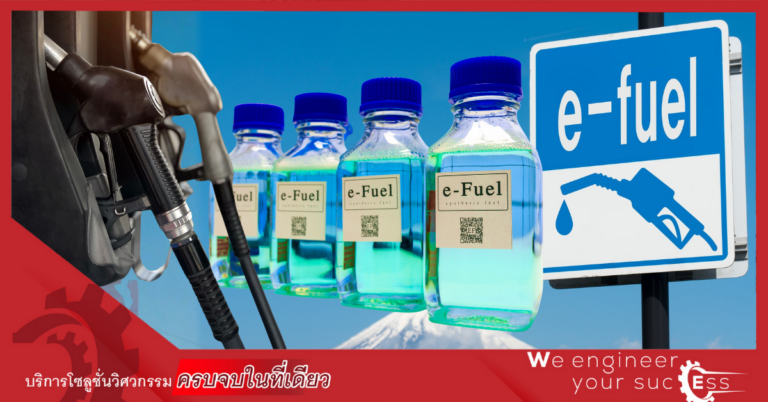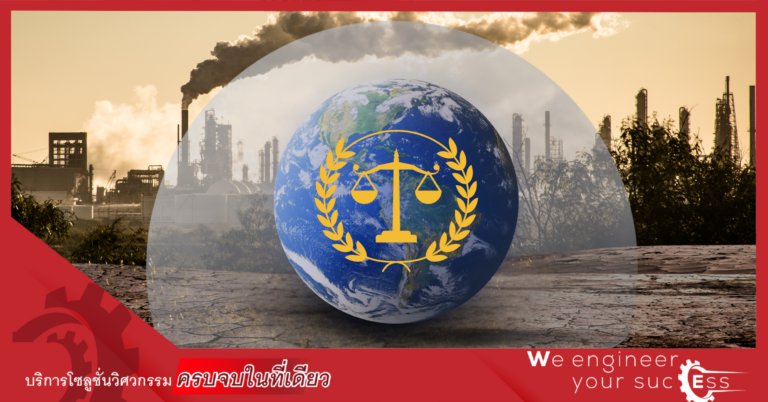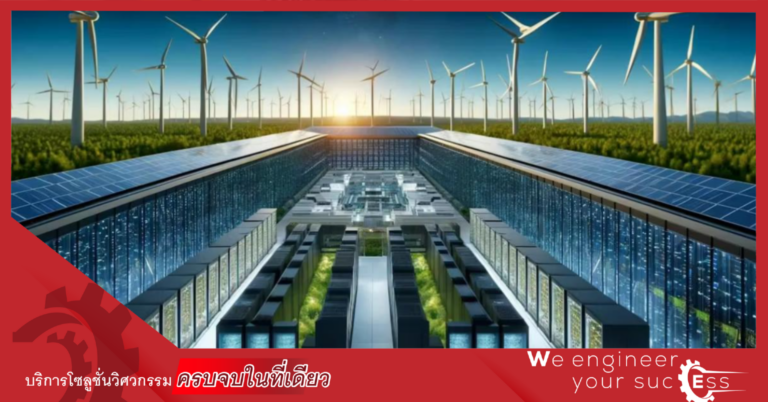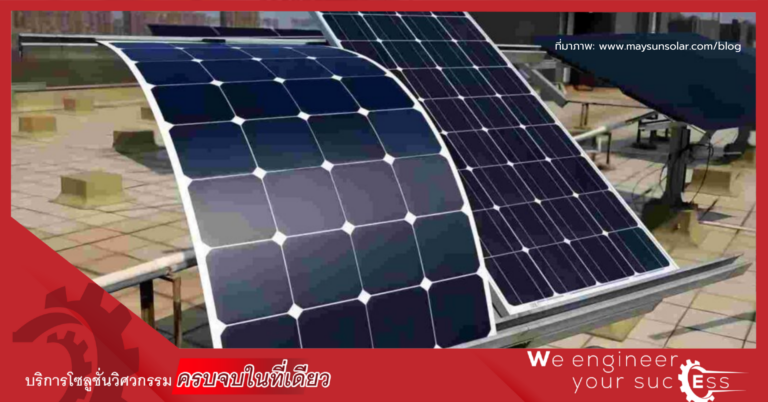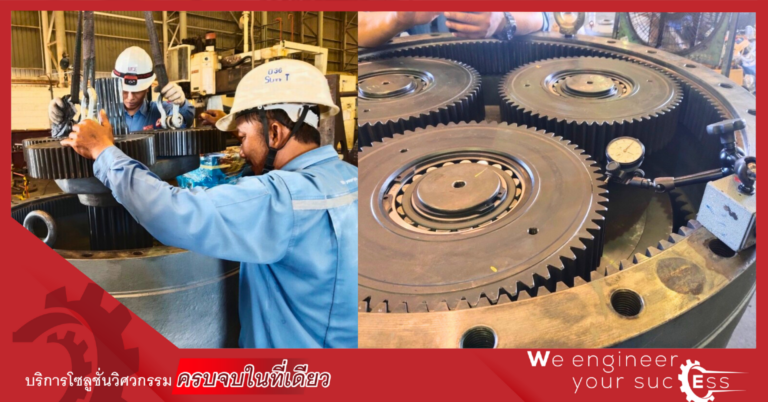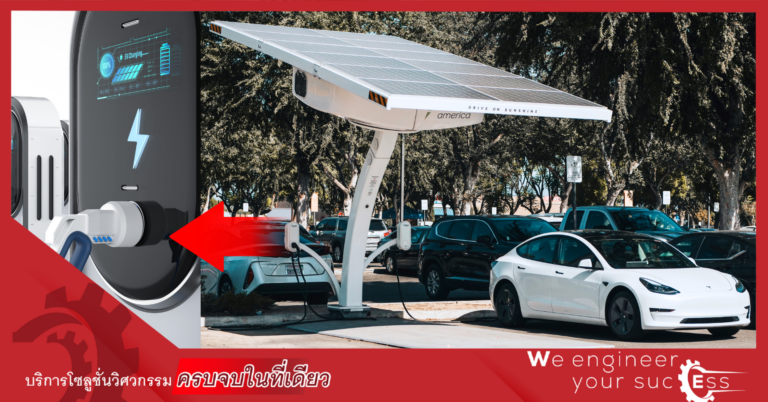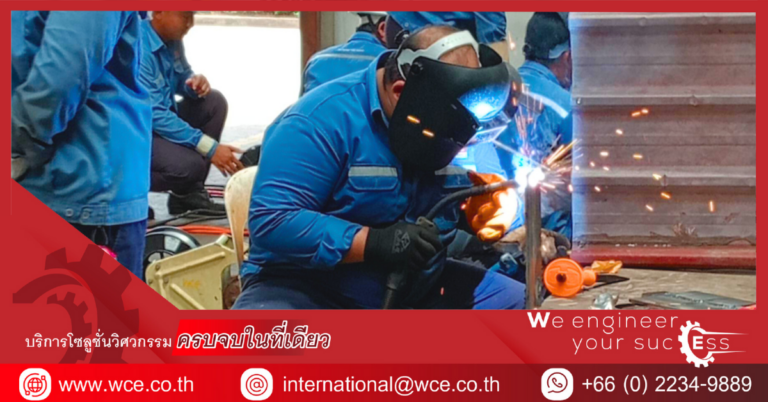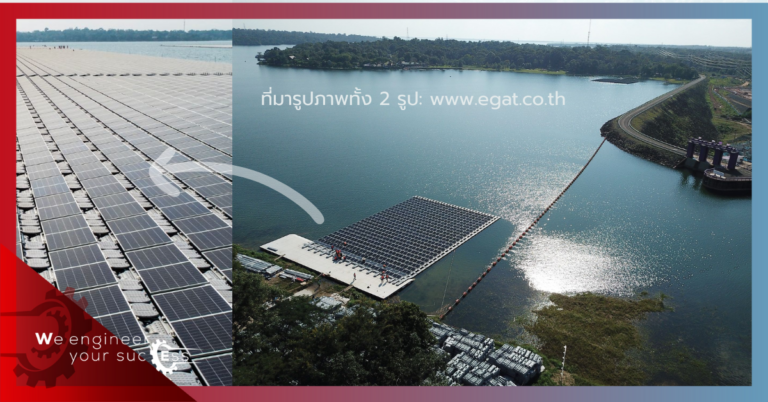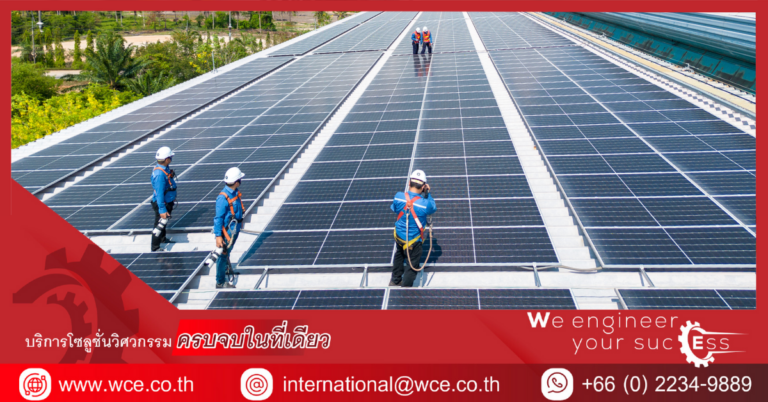In the world of solar panel technology, two noteworthy types are Mono-facial (or single-sided) panels and Bi-facial panels. Mono-facial panels are designed to absorb sunlight and generate electricity only from the front side, while Bi-facial panels can capture sunlight from both the front and rear sides, enabling them to produce more electricity under the right conditions.
Structurally, both types of panels share similar core components: an aluminum frame, a front glass cover, and a backsheet typically made from polymer materials. However, Bi-facial panels distinguish themselves by featuring a transparent or semi-transparent rear side—usually made of glass or another translucent material—allowing reflected sunlight from the ground or nearby surfaces to reach the rear solar cells. This dual-sided exposure can increase energy output by approximately 5–30%, depending on environmental factors and installation design.
In terms of application, Mono-facial panels are suitable for standard rooftop installations or areas where minimal light is reflected from below. Conversely, Bi-facial panels perform best when installed over reflective surfaces such as white concrete, gravel, or elevated mounting systems that allow light to reach the rear side.
Bi-facial solar panels represent an advanced technology aimed at boosting energy generation through dual-sided light absorption. They are particularly effective in environments that maximize rear-side illumination, offering increased energy yield compared to Mono-facial panels within the same installation footprint.


